Time is precious. Within a spacetime continuum, time is perceived as the fourth dimension. In this digital era many of us rely on our smartphones and other gadgets in keeping track of this precious medium, but a beautifully designed clock can add both function and style to your home. Product designers put their talents and effort to create visually expressive pieces that won’t let you miss your appointment.
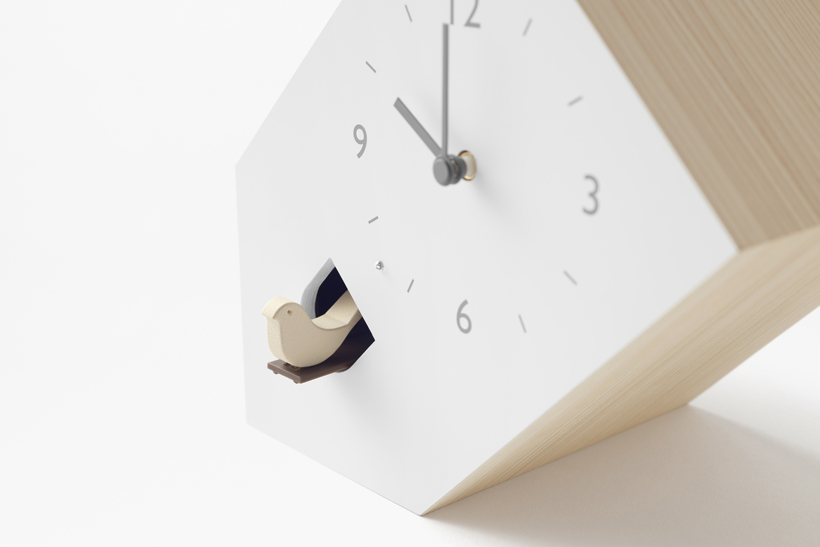
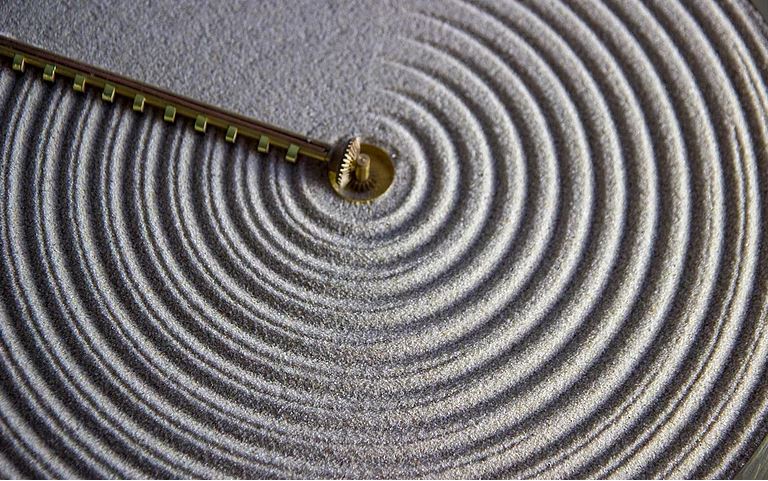
Sand clock by Ayaskan
London-based design studio Ayaskan have developed Sand, a garden clock inspired by the landscape art of kare-sansui – Japanese Zen rock garden. The clock visualizes the passage of time using a rake that crosses the sandy surface leaving ripples behind.
<iframe title=”vimeo-player” src=”https://player.vimeo.com/video/130641366″ width=”640″ height=”360″ frameborder=”0″ allowfullscreen></iframe>
In the daytime the clock’s single hand draws pattern of concentric rings on the sand over a period of twelve hour cycles, and at night these patterns are gradually smoothed out to restart a new cycle.

Sand clock by Ayaskan
The team says that inspiration behind Sand is nature that is constantly changing and moving from one cycle to the other: change of day and night, moon’s phases and tides.
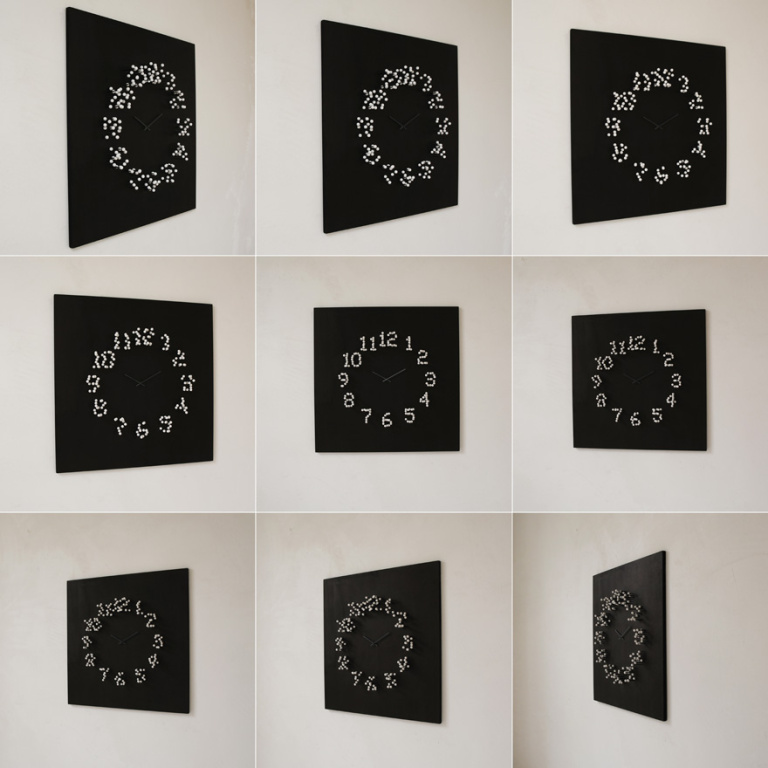
MOCAP illusionistic clock by JANPAUL
Dutch designer Jan-Paul Meulendijks who works under the name JANPAUL sees time as an illusion. Unlike most of the clocks which have the same round shape and similar looking time indication by numbers or stripes, his wall-clock MOCAP, named so after ‘motion capture’ technique used in the movie industry, change shape when you walk around it.
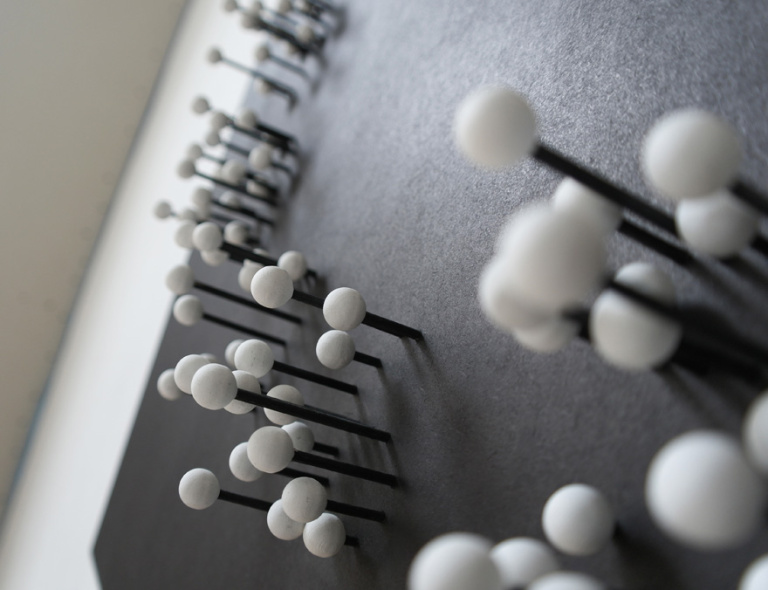
MOCAP illusionistic clock by JANPAUL
The clock’s numbers are clear and visible when one stands facing the clock, while they slowly dissolve falling apart into a multitude of floating white balls.

Cuckoo clocks by Nendo (also header image)
Japanese studio Nendo has designed three unusual variations of the traditional steeple-toped cuckoo clock, which has its origins rooted in Germany’s Black Forest. The whole series designed for Lemnos, a Japanese brand that specialises in contemporary minimal clocks, is characterized by clean-cut lines and simple white faces.
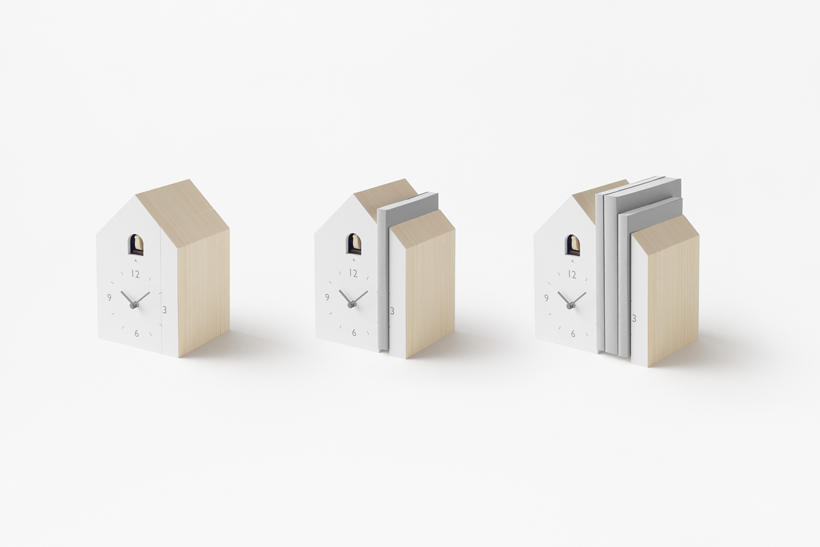
Cuckoo clocks by Nendo
‘Bookend’, as its name suggests, can be used as a bookend by splitting the dial’s face into two parts, helping the clock and books co-exist harmoniously on the shelf. The unusual angles of ‘Tilt’ imply that the clock should be placed upside down – it naturally maintains its balance resting on one side of its steeple-top.
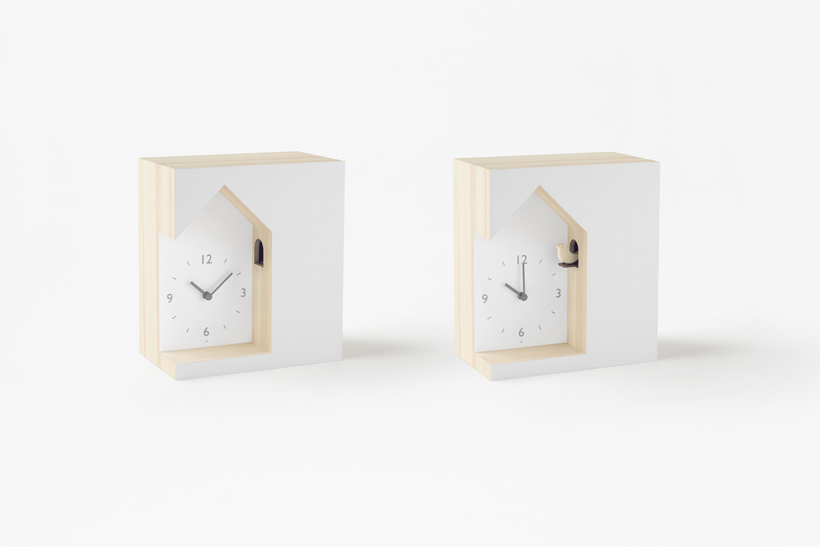
Cuckoo clocks by Nendo
‘Dent’ features a large dent in its side, which is designed to look as if the traditional clock has been carved out of the square block, with the cuckoo bird peeking out sideways from a small hole on the side.
Ferrolic is a clock by Dutch designer Zelf Koelman that was born from a strong fascination for the magical material Ferro Fluid – a black liquid made up of suspended magnetic particles. Unlike traditional clocks, the Ferrolic has no mechanical parts and relies on embedded electromagnets.

Ferrolic by Zelf Koelman
With the fluid behaving in an unpredictable way, the black blobs bear a strong resemblance to living creatures. Their natural flow can be used to form recognizable shapes and characters which move in a poetic dance-like way.